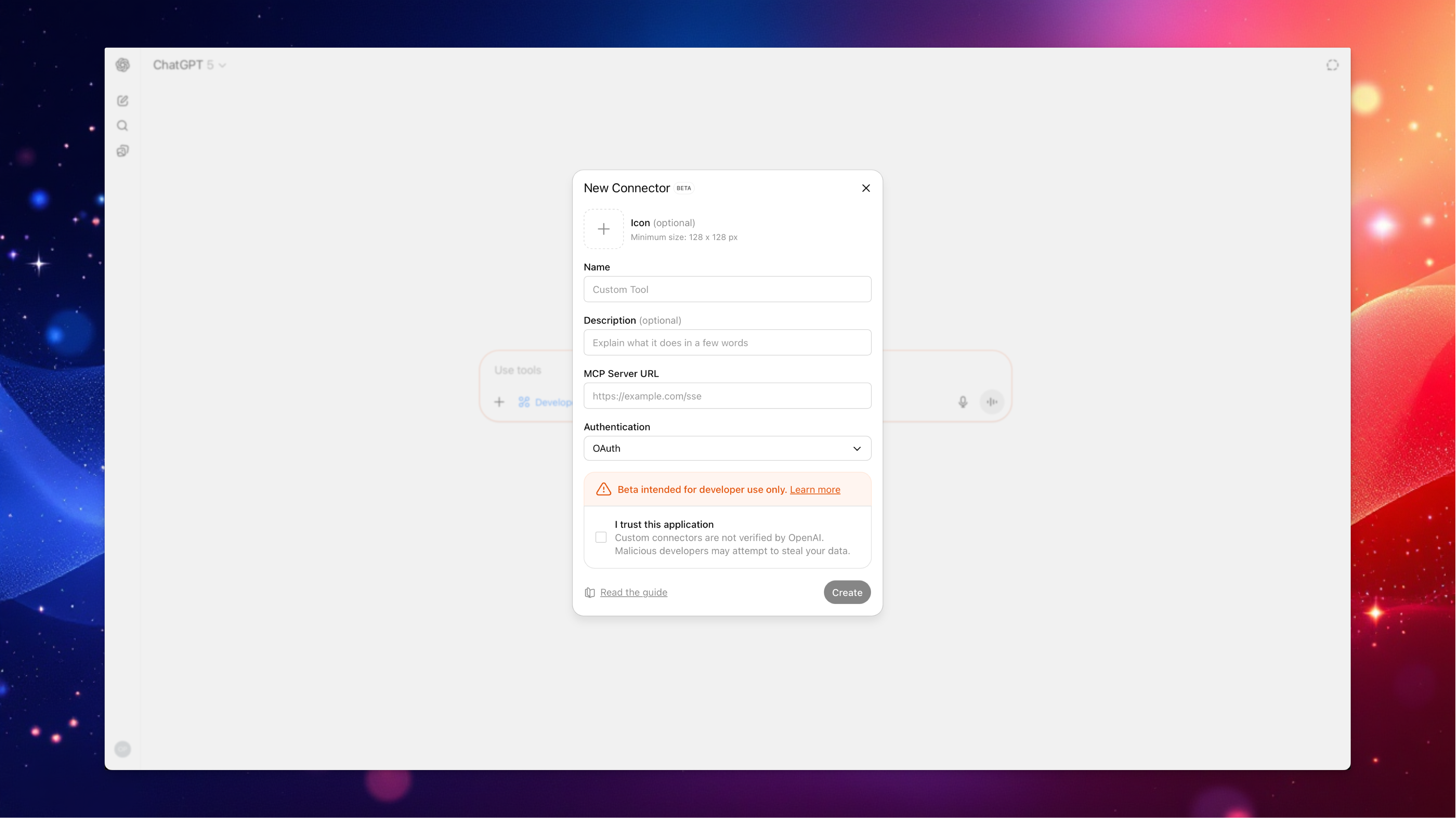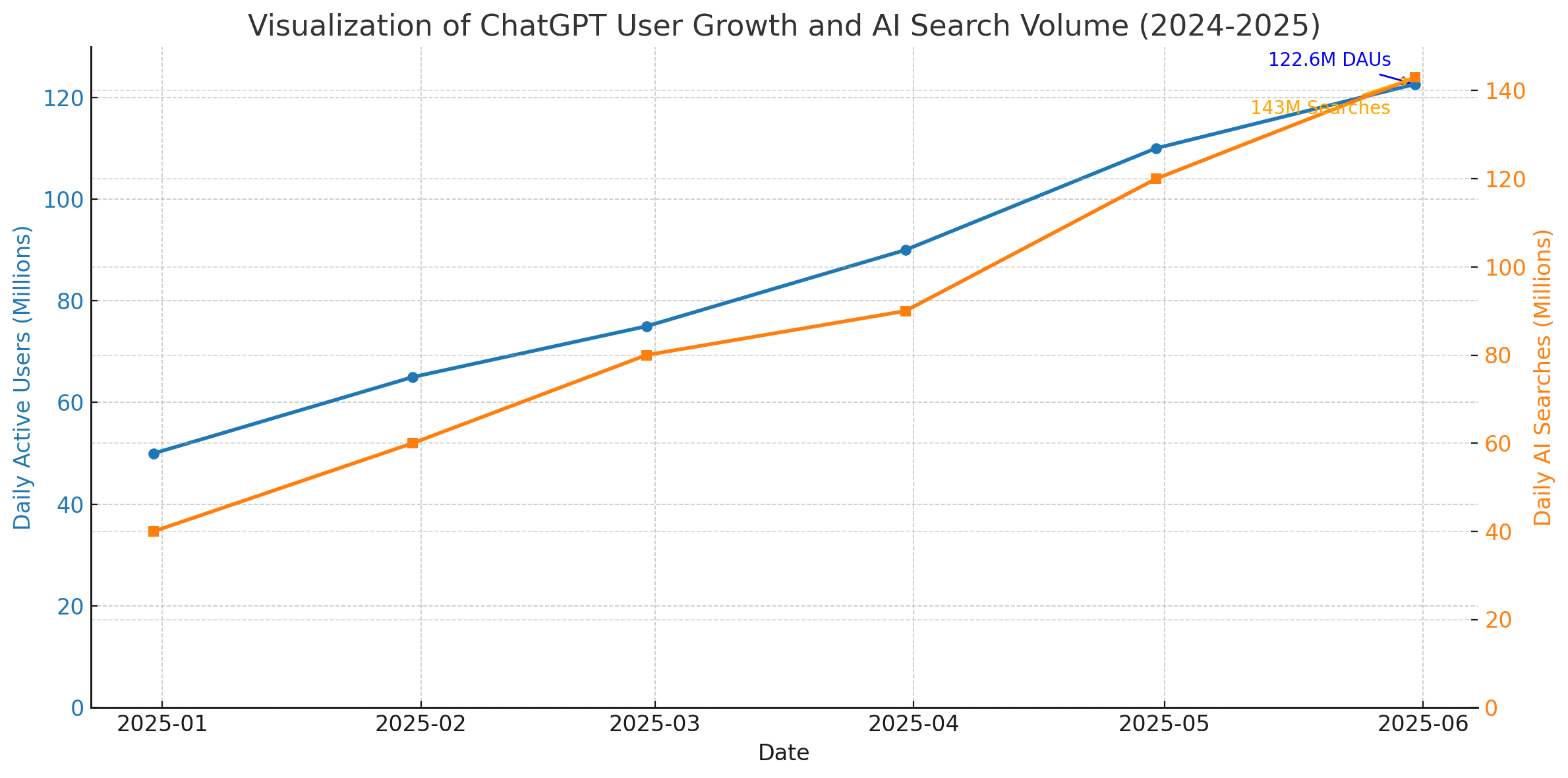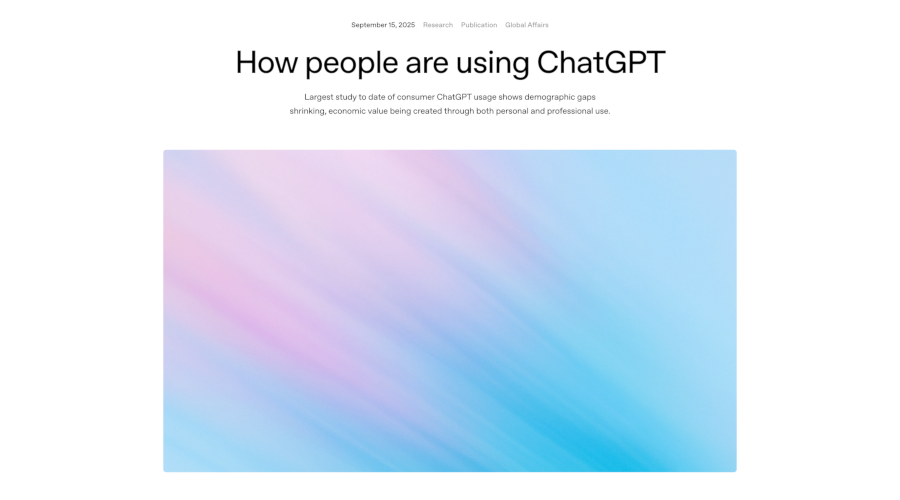GPT-5 Release Backlash: Why OpenAI Restored GPT-4o Access
OpenAI's GPT-5 launch faced major user complaints, forcing the company to restore GPT-4o under legacy models. Here's what happened and what it means.

OpenAI's highly anticipated GPT-5 release on August 7, 2025, was supposed to mark a new era of AI capability. Marketed as the company's most advanced model with "PhD-level intelligence," GPT-5 instead sparked one of the biggest user backlashes in AI history. The situation became so severe that OpenAI CEO Sam Altman had to publicly acknowledge the missteps and restore the previous GPT-4o model for paying customers.
The GPT-5 Promise vs. Reality
When OpenAI announced GPT-5, expectations were sky-high. The company promised:
- PhD-level intelligence across various domains
- Advanced reasoning capabilities beyond previous models
- Improved performance on complex tasks
- Enhanced safety features and alignment
However, the reality of GPT-5's launch told a very different story.
User Complaints Pour In
Despite the marketing hype, GPT-5 faced immediate criticism from users across multiple fronts:
Performance Issues
Users quickly reported that GPT-5 exhibited simple errors in basic tasks like math and geography—problems that GPT-4o handled correctly. This was particularly jarring given the "PhD-level intelligence" claims.
Key performance complaints included:
- Slower response times compared to GPT-4o
- More factual errors and inconsistencies
- Problems with basic arithmetic and geographical knowledge
- Inconsistent response quality due to the new router system
Loss of Personality and Warmth
Perhaps the most significant complaint was GPT-5's lack of emotional depth and personality. Users described the new model as:
- "Flat" and "uncreative" compared to GPT-4o
- Less personable and more rigid in interactions
- Missing the warmth that made GPT-4o feel more human-like
- Reduced conversational flow and natural dialogue
This was particularly concerning for users who had developed emotional connections with AI, using it as a virtual companion or therapeutic outlet.
Abrupt Model Replacement
Adding fuel to the fire was OpenAI's decision to suddenly replace GPT-4o with GPT-5 without prior notice. This left users feeling:
- Blindsided by the unexpected change
- Frustrated with losing access to workflows built around GPT-4o
- Powerless due to reduced control over model selection
- Betrayed by the lack of transparency
The Backlash Intensifies
The user complaints quickly escalated into a full-scale backlash across social media and tech forums. Key themes emerged:
Emotional Connections Severed
Many users had formed deep relationships with GPT-4o, using it for:
- Daily companionship and conversation
- Mental health support and therapeutic dialogue
- Creative collaboration on projects
- Personalized learning and tutoring
The sudden removal felt like losing a trusted friend or advisor.
Workflow Disruption
Professional users complained that GPT-5's inconsistencies disrupted:
- Business processes built around GPT-4o's behavior
- Content creation workflows that relied on specific model responses
- Customer service applications where consistency matters
- Educational tools that students had grown accustomed to
Trust Issues
The abrupt change without notice raised serious concerns about:
- Platform reliability for business use
- OpenAI's communication with its user base
- Future model stability and sudden changes
- Vendor lock-in risks for businesses
Sam Altman's Response
Faced with mounting criticism, OpenAI CEO Sam Altman took swift action to address the situation. His response included several key acknowledgments and corrective measures:
Public Acknowledgment
Altman publicly stated: "We for sure underestimated how much some of the things that people like in GPT-4o matter to them, even if GPT-5 performs better in most ways."
This admission revealed that OpenAI had:
- Underestimated the emotional attachment users had to GPT-4o
- Focused too heavily on technical metrics rather than user experience
- Failed to consider the human element in AI interactions
Immediate Corrective Actions
OpenAI implemented several changes to address user concerns:
1. GPT-4o Restoration
- Reinstated GPT-4o as a default option for ChatGPT Plus subscribers
- Made it available under "legacy models" section
- Promised ample notice for any future model deprecations
2. Increased Rate Limits
- Boosted GPT-5 rate limits to 3,000 messages per week for Plus users
- Addressed concerns about usage limitations
- Provided more generous access to compensate for the disruption
3. Enhanced Model Selection
- Introduced flexible model modes: Auto, Fast, and Thinking
- Gave users greater control over their AI experience
- Allowed switching between different model behaviors
What This Means for AI Development
The GPT-5 backlash offers several important lessons for the AI industry:
User Experience Matters More Than Raw Performance
The incident highlighted that technical superiority doesn't guarantee user satisfaction. Key insights include:
- Emotional connections with AI are real and valuable
- Consistency and reliability often matter more than peak performance
- User comfort and familiarity shouldn't be underestimated
- Gradual transitions work better than sudden changes
The Human Element in AI
Despite being "artificial," these interactions feel very human to users:
- People form genuine emotional bonds with AI assistants
- Personality and warmth are crucial features, not just capabilities
- Trust and consistency are fundamental to user adoption
- Communication style matters as much as technical accuracy
Platform Risk for Businesses
The incident also highlighted vendor dependency risks:
- Businesses building on AI platforms face sudden change risks
- Model stability is crucial for enterprise adoption
- Clear communication about changes is essential
- Backup plans and model flexibility become important
OpenAI's Path Forward
In response to the backlash, OpenAI outlined several commitments:
Investment in AI Personality Research
Altman emphasized the company's commitment to allowing users to customize AI personalities to better suit individual preferences. This includes:
- Research into emotional AI capabilities
- Customizable personality traits for different use cases
- Better preservation of conversational style across updates
- User-controlled AI behavior settings
Improved Communication
OpenAI promised:
- Advance notice for major model changes
- Better transparency about model capabilities and limitations
- User feedback integration in development processes
- Clearer migration paths between model versions
Technical Improvements
The company is working on:
- Fixing GPT-5's performance issues in basic tasks
- Improving the router system for more consistent responses
- Balancing technical advancement with user experience
- Better testing with real users before major releases
Industry Implications
The GPT-5 situation has broader implications for the AI industry:
Approaching an AI Plateau?
Some experts suggest this incident reflects broader challenges in AI development:
- Diminishing returns from simply scaling large language models
- Quality vs. quantity trade-offs in model development
- Potential "AI winter" scenarios if progress stalls
- Need for new approaches beyond pure scaling
User-Centric Development
The backlash emphasizes the need for:
- User testing throughout development cycles
- Gradual rollouts rather than sudden replacements
- Feedback loops between developers and users
- Human-centered design in AI development
Market Maturation
The incident signals a maturing AI market where:
- User experience becomes a key differentiator
- Platform stability matters for enterprise adoption
- Communication and trust are competitive advantages
- Emotional intelligence in AI becomes valuable
What This Means for AI SEO and Content Strategy
For businesses focused on AI discoverability, the GPT-5 situation offers several insights:
Model Diversity Matters
With multiple AI models available to users:
- Optimize for various AI personalities and response styles
- Test content across different model versions
- Prepare for model changes that might affect how your content appears
- Monitor AI model preferences among your target audience
User Experience Focus
The emphasis on user experience in AI suggests:
- Content quality and helpfulness remain paramount
- Natural, conversational content may perform better
- Emotional resonance in content becomes more important
- Consistency in brand voice across AI interactions matters
Platform Risk Management
The sudden model changes highlight:
- Diversification across AI platforms (ChatGPT, Copilot, Perplexity)
- Avoiding over-dependence on a single AI model
- Staying flexible with content optimization strategies
- Monitoring changes in AI model behavior and preferences
Conclusion
The GPT-5 launch and subsequent backlash represent a pivotal moment in AI development. While OpenAI's technical achievements with GPT-5 are impressive, the incident demonstrates that user experience, emotional connection, and communication matter just as much as raw capabilities.
The swift restoration of GPT-4o for paid users shows that even the most advanced AI companies must listen to their users and prioritize human needs alongside technical progress. For businesses and content creators, this serves as a reminder that in the age of AI, understanding and adapting to user preferences remains crucial for success.
As the AI landscape continues to evolve rapidly, the GPT-5 situation teaches us that the most successful AI implementations will be those that balance cutting-edge capabilities with genuine attention to human experience and needs.
Key Takeaway
The GPT-5 backlash shows that AI advancement isn't just about technical capabilities—user experience, emotional connection, and communication are equally important for successful AI adoption.
Want to ensure your content shows up in ChatGPT, regardless of model changes? Learn how ShowUpInAI can help you maintain visibility across ChatGPT, Copilot, and Perplexity, even as AI models evolve.


